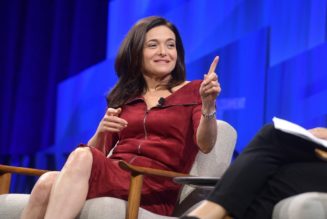Currencies
Vivo takes dollar loans amid forex shortage
Monday March 20 2023
Kenya has been experiencing a shortage of US dollars. FILE PHOTO | NMG
Oil marketer Vivo Energy Kenya took up dollar loans last year as a hedge against forex shortages and a deteriorating exchange rate that left importers struggling to find hard currency to fulfil external orders.
Disclosures by the parent firm Vivo Energy Limited in its annual report for 2022 say that the local unit was hit by liquidity constraints that forced it into seeking a way around the difficulties via dollar borrowings, partially drawn from a bridge loan facility and short-term bank debt.
Vivo Energy did not however disclose the exact share of its total outstanding borrowings of $1.53 billion at the end of the year that were directly attributable to the Kenya unit, and neither did it show how much of the Kenya loans were subjected to a currency swap arrangement.
These borrowings included a $603 million bridge loan contracted in October 2022, and additional bank borrowings of $233 million taken up during the year.
“Due to the liquidity constraints in Kenya during the year, Vivo Energy Kenya Ltd had to enter into material foreign exchange (US dollar) borrowings and swaps that remain outstanding at year-end,” said Vivo in the annual report.
“The increase in borrowings is attributable to the proceeds from the Bridge loan and the utilisation of short-term financing to fund working capital requirements.”
The firm also pointed to use of cross-currency swaps to protect itself against future depreciation against the dollar, which would raise its finance costs on dollar denominated debt.
As a hedge tool, a cross currency swap allows the borrower to lock in an exchange rate for future conversion or drawdown of debt, thus protecting their margins against the continued deterioration of the local currency.
The oil marketer has the largest retail market share in the country at 22.79 percent, ahead of TotalEnergies share of 16.39 percent and Rubis Energy’s at 10.93 percent.
The large marketers are some of the biggest dollar buyers in the country owing to the large monthly payments the country makes for the commodity—the government put the monthly demand for oil payments at $500 million per month.
These imports account for almost a third of Kenya’s total import bill every month. Dollar supply in the economy has in the meantime become constrained due to inefficiencies in the interbank market, and this has been compounded by a sharp depreciation of the shilling that has made it costlier to acquire the US currency.
The shilling is currently trading at an all-time low of 130.10 units to the dollar as per the official exchange rate published by the Central Bank of Kenya (CBK).
Retail buyers in banking halls are however paying as much as Sh144 per dollar, with large buyers also facing limits on how much they can purchase in a day.
In a bid to resolve the dollar problems facing oil marketers, the government has entered into a deal with the Saudi and UAE governments to allow the country access fuel on credit, which it expects will extend the time required to source for dollars to pay for fuel from the current five days to 180 days.









